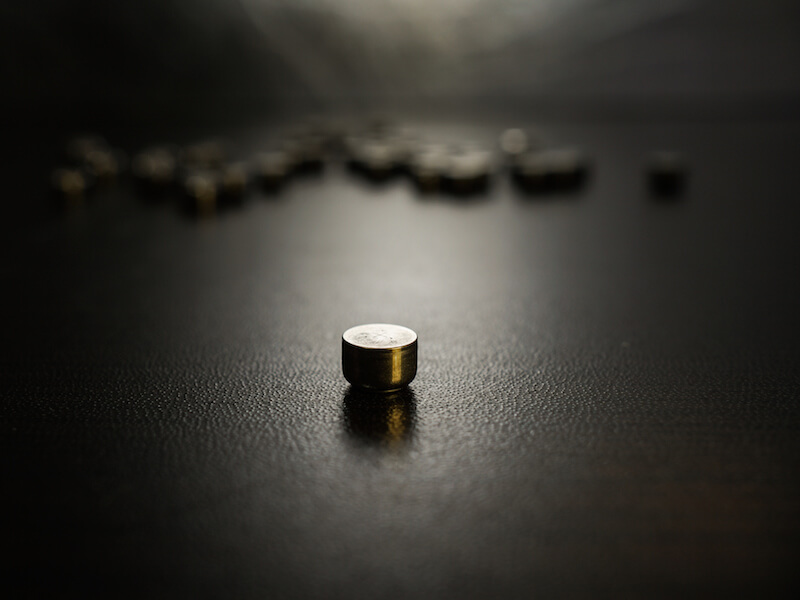
Modern technology has changed the way we power electronics of every kind, from cameras to phones to music players. A robust, rechargeable hearing aid battery is finally living up to the hopes of hearing aid manufacturers to replace the antiquated disposable power sources of the past.
Disposable hearing aid batteries have historically been the power source of choice among manufacturers, with size 312 batteries serving as one of the more common battery types. The most prominent form of this battery, now, is “zinc-ion”.
The Drawback to Disposable Hearing Aid Batteries
As the name would indicate, a zinc-air battery is affected by the presence of air. The user needs to pull a little tab off the back of a 312 zinc-air battery in order to activate it.
The moment it is fully oxygenated, it begins to lose power. So the power is depleting even if the user isn’t actively using it.
Most users regard the length of life to be the greatest drawback of disposable batteries. Some reports have cited the average life expectancy of a size 312 disposable battery to be from 3 and 12 days, which means users may need to switch out their batteries around 120 times every year.
Because of this, besides needing to purchase 120 batteries, the user will need to change and correctly dispose of batteries at least twice a week. That’s most likely over $100 in batteries from a cost outlook alone.
Improvements in Rechargeable Batteries
Thankfully, for hearing aid wearers looking for another approach, there have been profound improvements to rechargeable hearing aids that now make them a practical option.
Studies have demonstrated that most individuals overwhelmingly prefer to wear rechargeable hearing aids. Until recently these models have traditionally struggled to give a long enough charge to make them practical. But today’s rechargeable batteries will last all day without requiring a recharge.
Users won’t see substantial cost savings by switching to rechargeable batteries, but where they will see a demonstrated improvement is in quality of life.
These new models give less aggravation on top of keeping a 24 hour charge because the user doesn’t have the burden of constantly changing out the batteries. They simply need to put the battery on the charger.
When a disposable battery nears the end of its life it can’t run your hearing aid at full capacity. There’s also no real way to know how close to being inoperable the battery actually is. As a result, users chance putting themselves in a situation where their battery could die at a crucial time. Not only is this a safety concern, but users could miss out on significant life moments due to a dead battery.
Types of Rechargeable Hearing Aid Batteries
Rechargeable batteries come in a variety of different materials, each providing distinct advantages. The ability to maintain a charge for 24 hours is one reason why integrated lithium-ion batteries are one worthwhile option that manufacturers supply. And cellphones are powered by this same type of battery which might be surprising.
Another type of contemporary rechargeable battery is a silver-zinc. This revolutionary technology was initially manufactured for NASA’s Apollo missions to the moon. You can even use this technology to upgrade and retrofit the existing hearing aids you’re comfortable with by converting the device to rechargeable power. Just like lithium-ion, silver-zinc can also provide enough power to last you all day.
There are also models that allow you to recharge the hearing aid without removing the battery at all. For these, users will place the entire hearing aid on a charging station when they sleep or at another time when the device isn’t in use.
Whichever option you decide on, rechargeable batteries will be significantly better than disposable batteries. You just need to do some research to determine which option is best for your needs.
If you’re looking for more information about hearing aid technology or how to pick the best hearing aid to meet your needs, we encourage you to check out our hearing aids section.